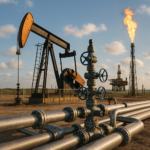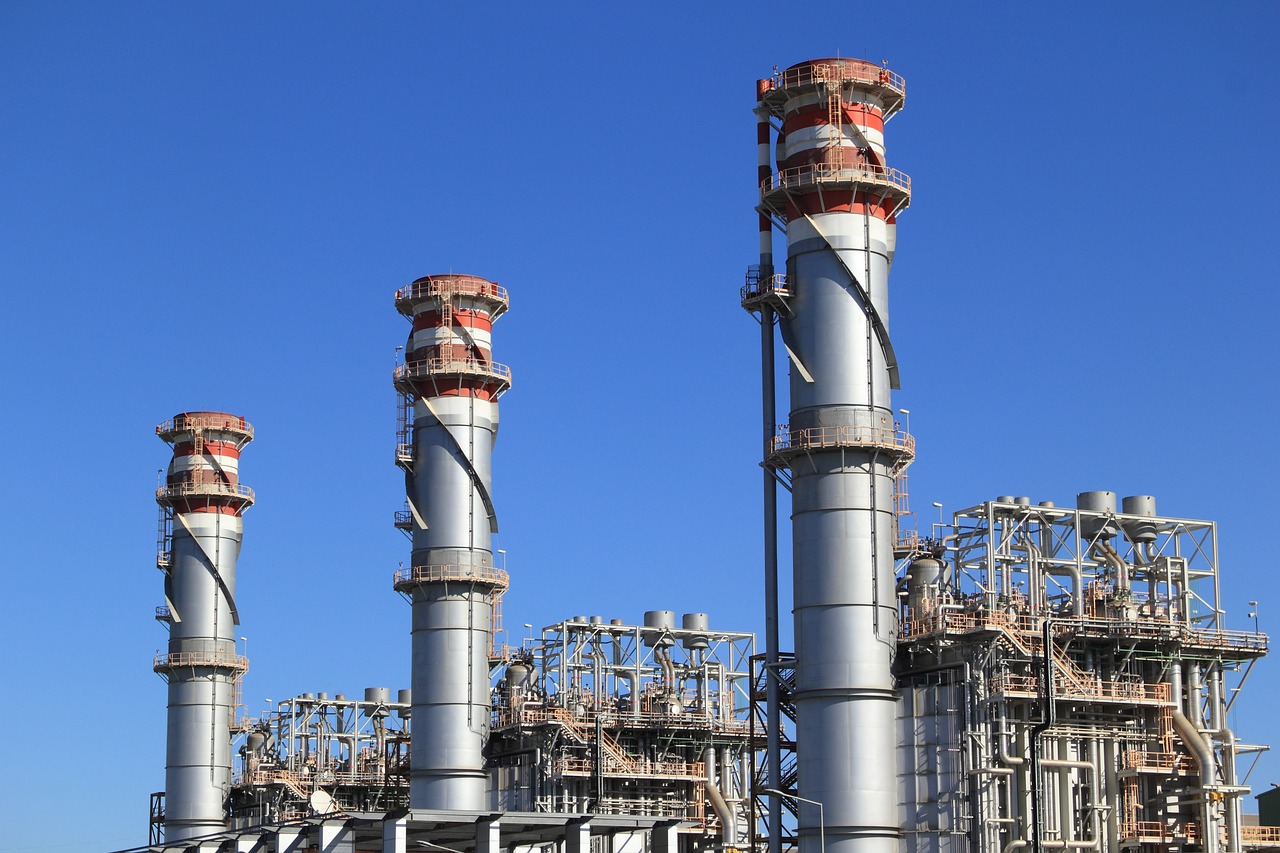Hydrotesting, also known as hydrostatic testing, is a critical procedure used to verify the integrity and strength of heat exchangers under pressure. This essential process involves filling the heat exchanger with water or another incompressible fluid, pressurizing it to a specified level, and inspecting it for leaks or weaknesses. Hydrotesting ensures that the heat exchanger can operate safely under the pressures it will encounter in service, thereby safeguarding both the equipment and the personnel involved.
Purpose of Hydrotesting
Hydrotesting serves several key purposes:
- Safety Assurance: The primary goal of hydrotesting is to ensure that the heat exchanger can withstand the operating pressures without failure, thus guaranteeing safe operation.
- Leak Detection: This procedure helps identify any leaks or potential weak points in the heat exchanger that could lead to operational failures or safety hazards.
- Regulatory Compliance: Hydrotesting helps meet the requirements set by industry standards and regulatory bodies, ensuring the equipment is fit for use.
Procedure of Hydrotesting
The hydrotesting process is methodical and involves several critical steps:
Preparation:
- Inspection: Begin with a visual inspection of the heat exchanger for any obvious signs of damage or wear.
- Isolation: Isolate the heat exchanger from the rest of the system to prevent any unintended effects on connected equipment.
- Filling: Fill the heat exchanger completely with water or another suitable incompressible fluid, ensuring all air is purged from the system.
Pressurization:
- Pressure Application: Gradually apply pressure to the system using a pump, increasing it to a level typically 1.5 times the design pressure of the heat exchanger.
- Holding Pressure: Maintain the pressure for a specified duration, often around 30 minutes to an hour, depending on the standards being followed.
Inspection and Monitoring:
- Leak Check: Inspect all joints, welds, and connections for any signs of leaks, often done visually but may also involve the use of sensors or dyes to detect small leaks.
- Structural Integrity: Monitor the heat exchanger for any signs of deformation or other structural issues.
Depressurization and Draining:
- Gradual Release: Slowly release the pressure to avoid any sudden changes that could damage the heat exchanger.
- Draining: Drain the fluid from the heat exchanger once the pressure is fully released.
Documentation and Analysis:
- Recording Results: Document the test results, noting any leaks, pressure drops, or other issues observed during the test.
- Evaluation: Analyze the results to determine if the heat exchanger meets the required standards. Any issues found must be repaired, and the test repeated until the heat exchanger passes.
Standards and Regulations
Hydrotesting of heat exchangers is governed by various standards and codes, which specify the procedures, pressure levels, and acceptance criteria. Some common standards include:
- ASME (American Society of Mechanical Engineers) Boiler and Pressure Vessel Code: Provides guidelines for the construction and testing of pressure vessels and heat exchangers.
- API (American Petroleum Institute) Standards: API 510 for pressure vessel inspection and API 660 for shell-and-tube heat exchangers.
- ISO (International Organization for Standardization) Standards: Various ISO standards address the design and testing of heat exchangers and pressure vessels.
Importance of Hydrotesting
Hydrotesting is a vital process in the lifecycle of a heat exchanger, ensuring that it is safe, reliable, and compliant with industry standards. By identifying potential issues before the heat exchanger is put into operation, hydrotesting helps prevent failures, accidents, and costly downtime, contributing to the overall safety and efficiency of industrial processes.
Conclusion
Hydrotesting of heat exchangers is a fundamental procedure that plays a critical role in ensuring the safety, reliability, and efficiency of these vital components in various industrial applications. By rigorously testing heat exchangers under controlled conditions, hydrotesting helps prevent operational failures and accidents, ensuring that the equipment performs as expected under real-world conditions. Adhering to industry standards and conducting thorough inspections and tests is essential for maintaining the integrity and longevity of heat exchangers, ultimately safeguarding both the equipment and the people who rely on it.















